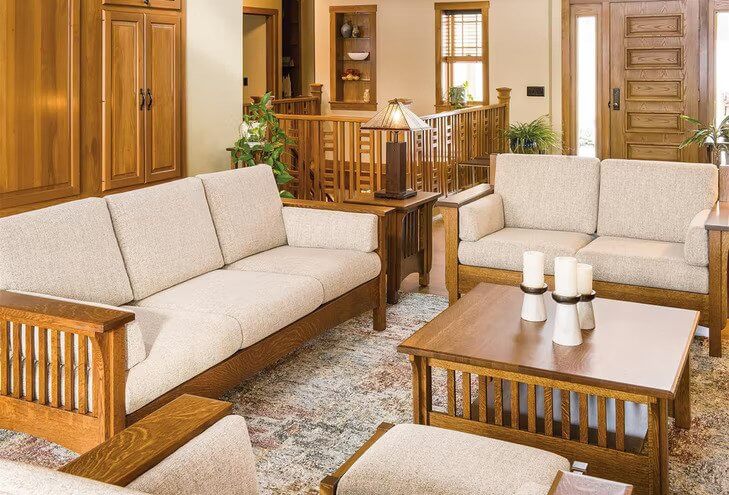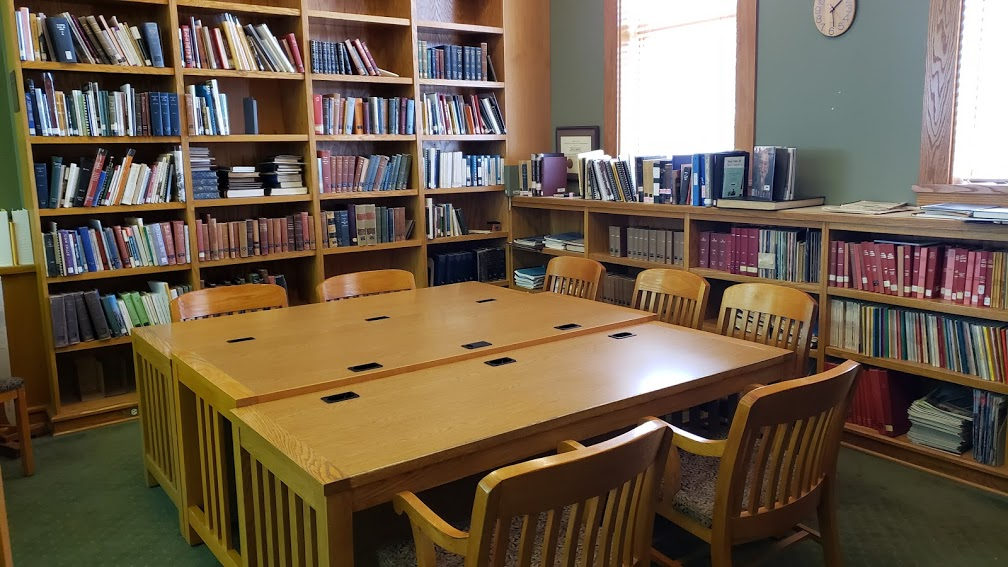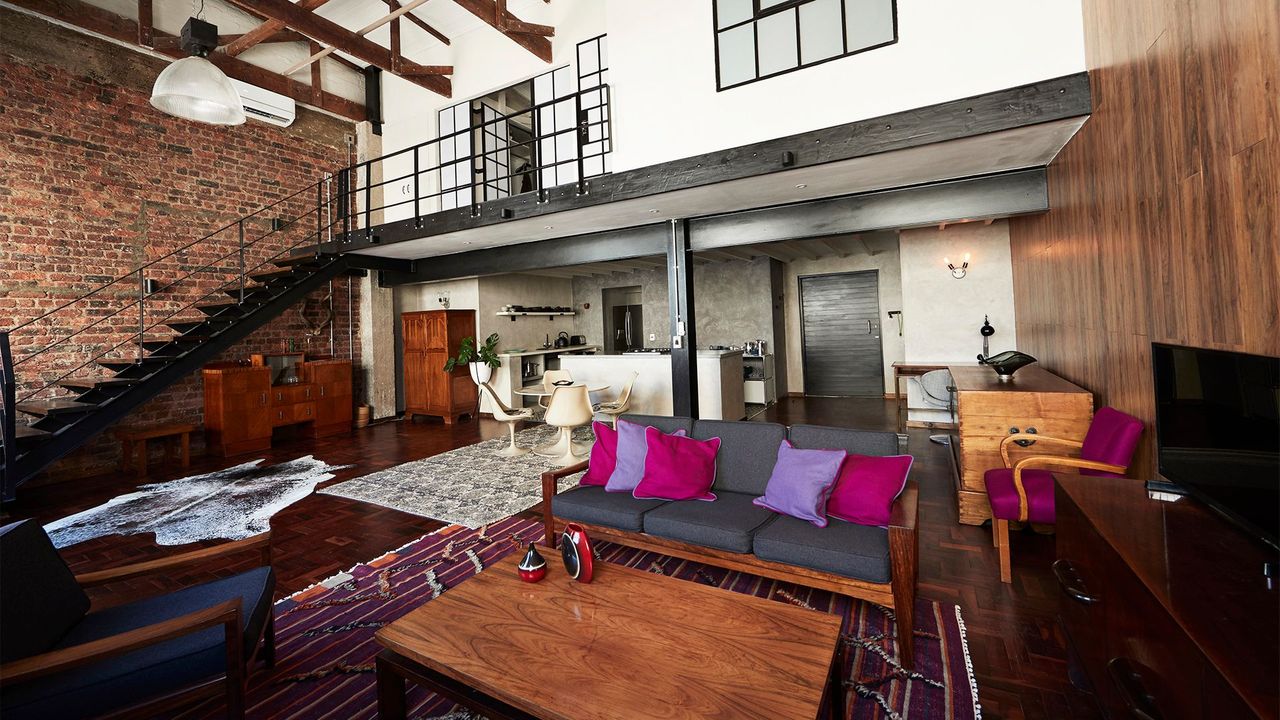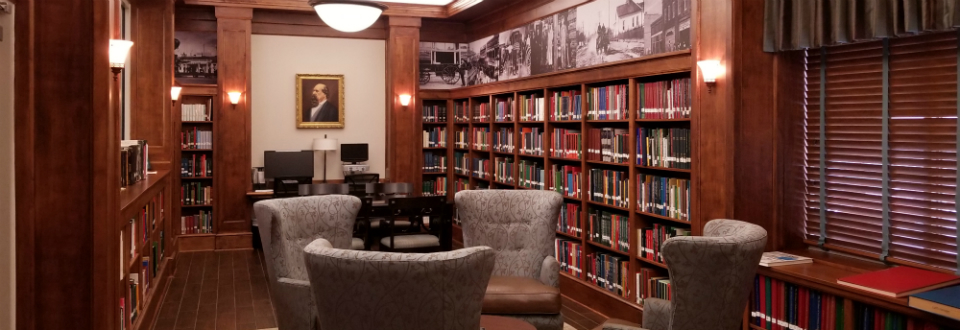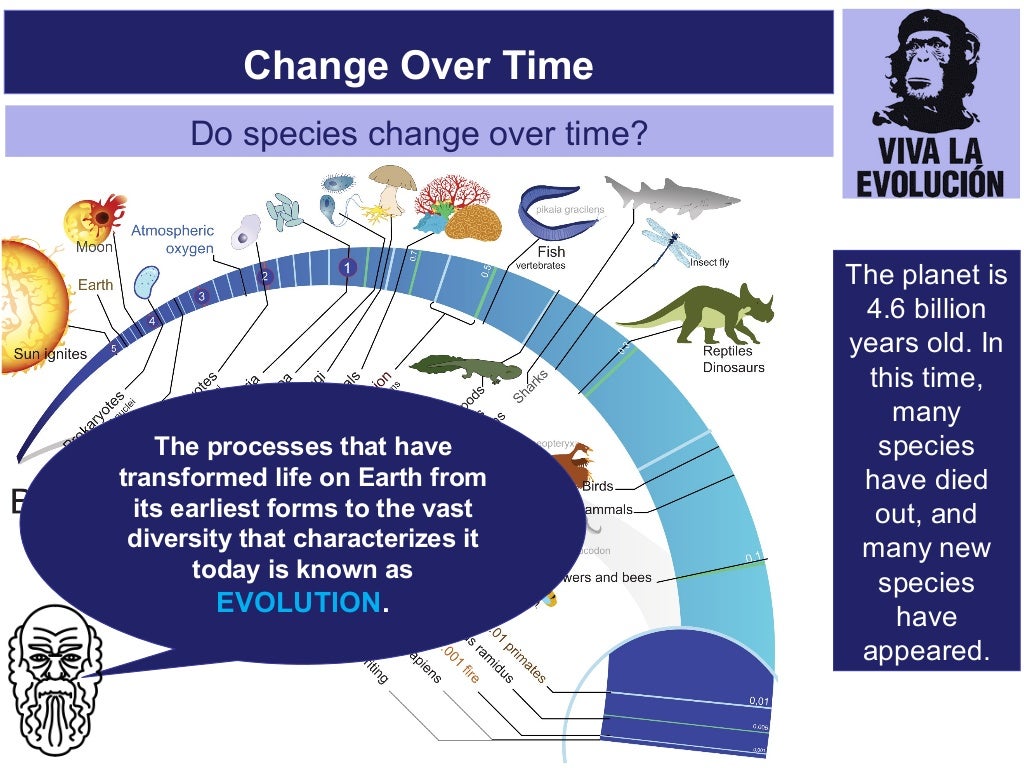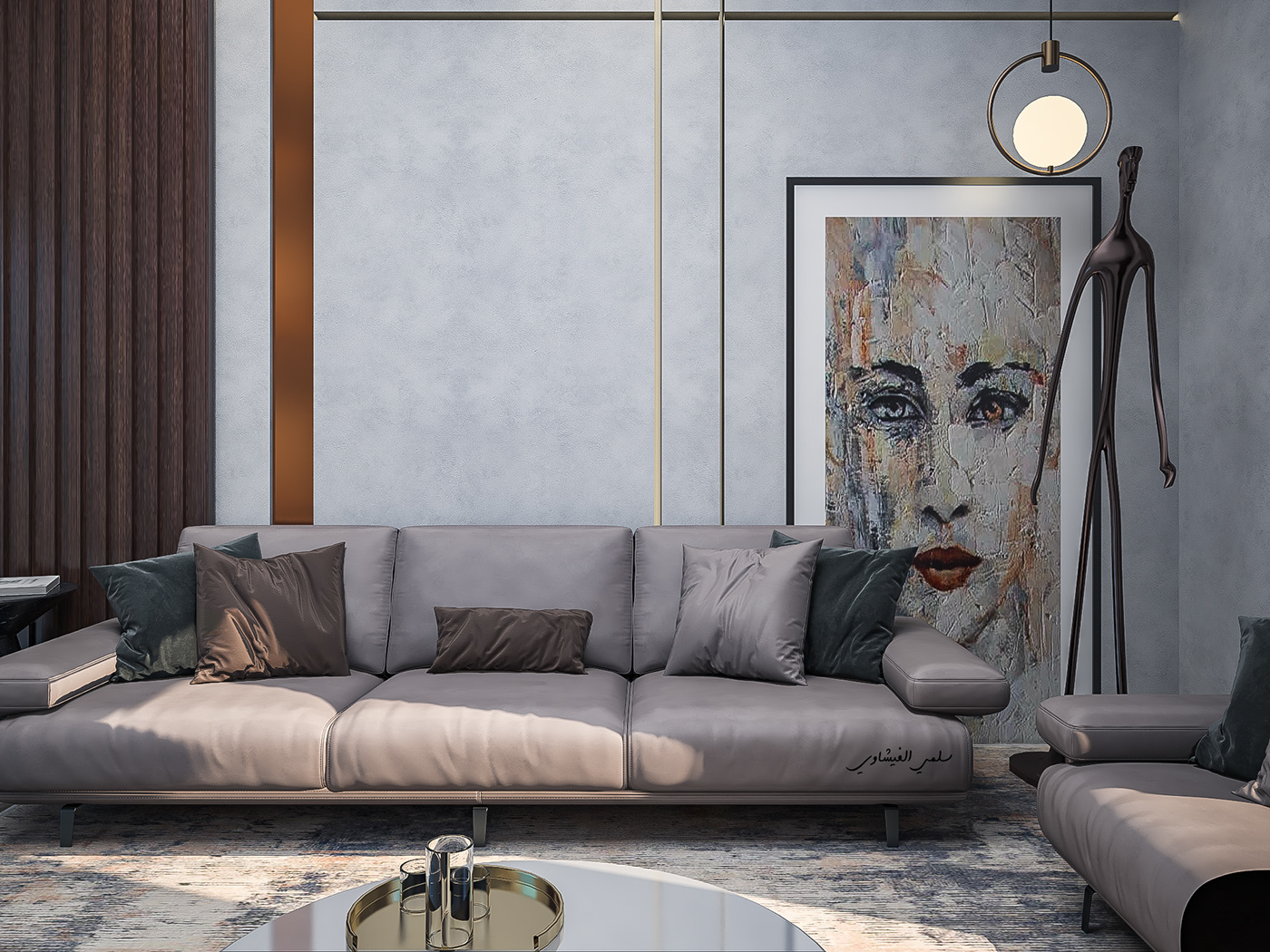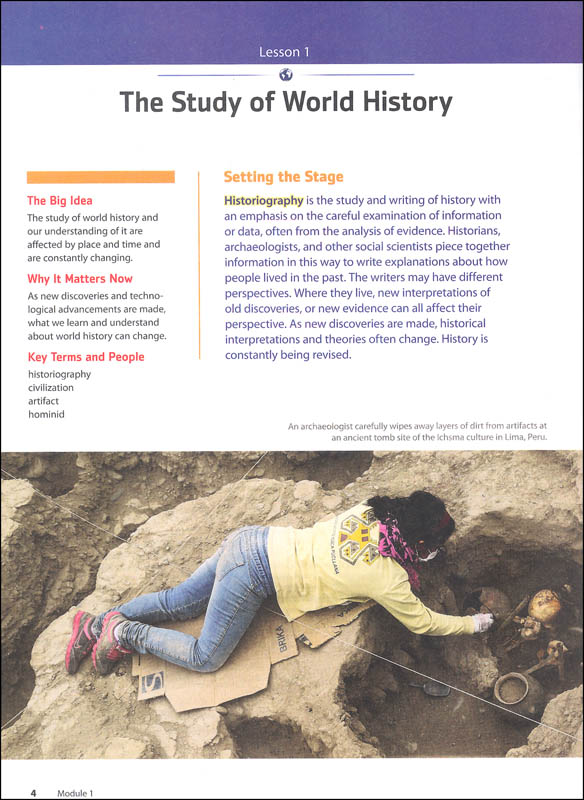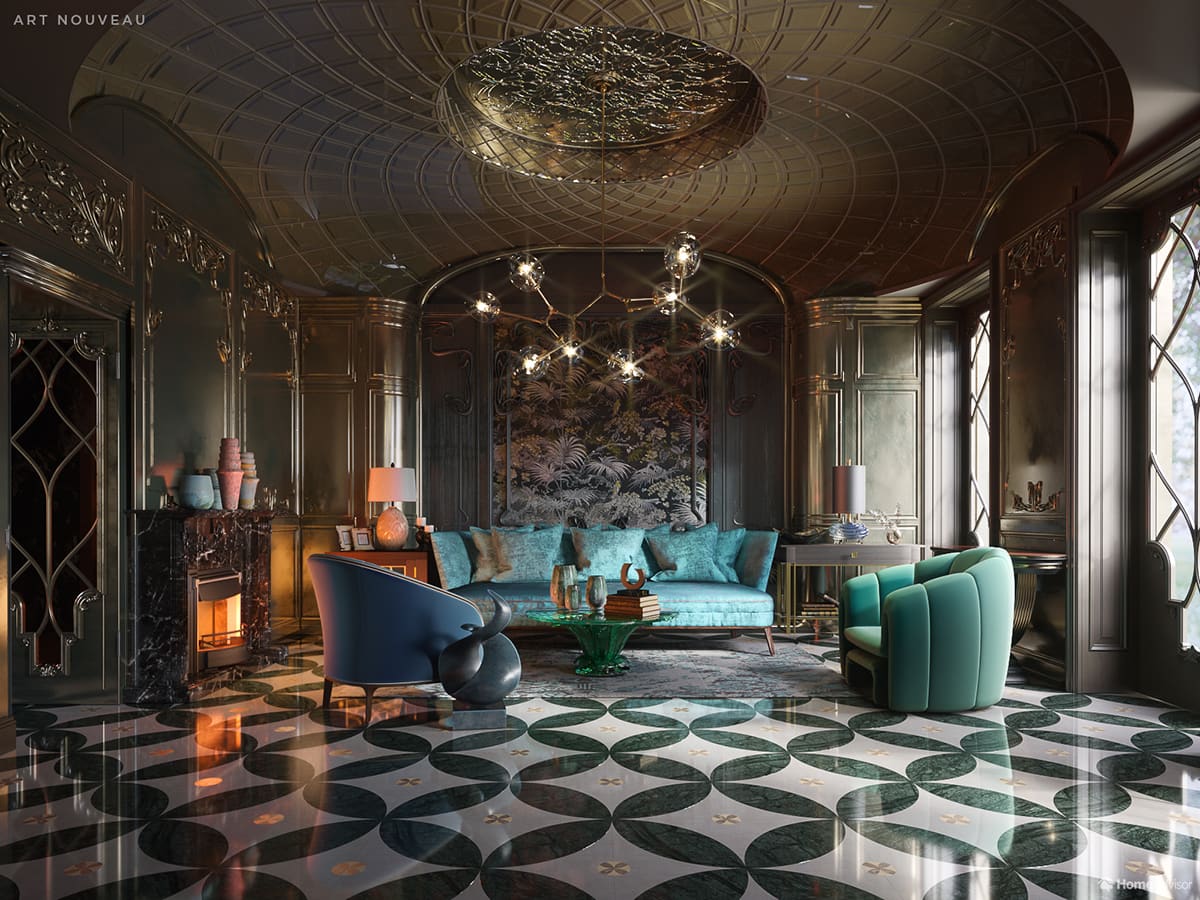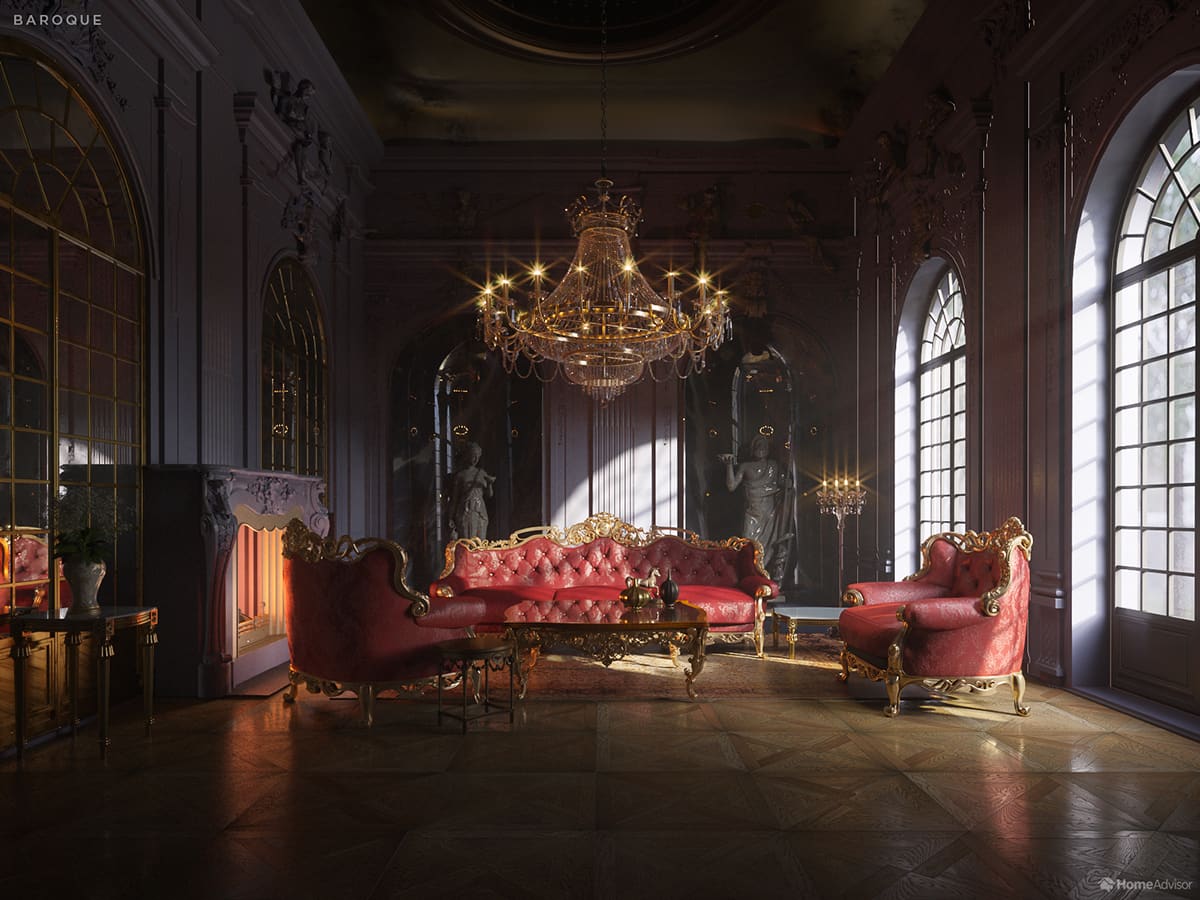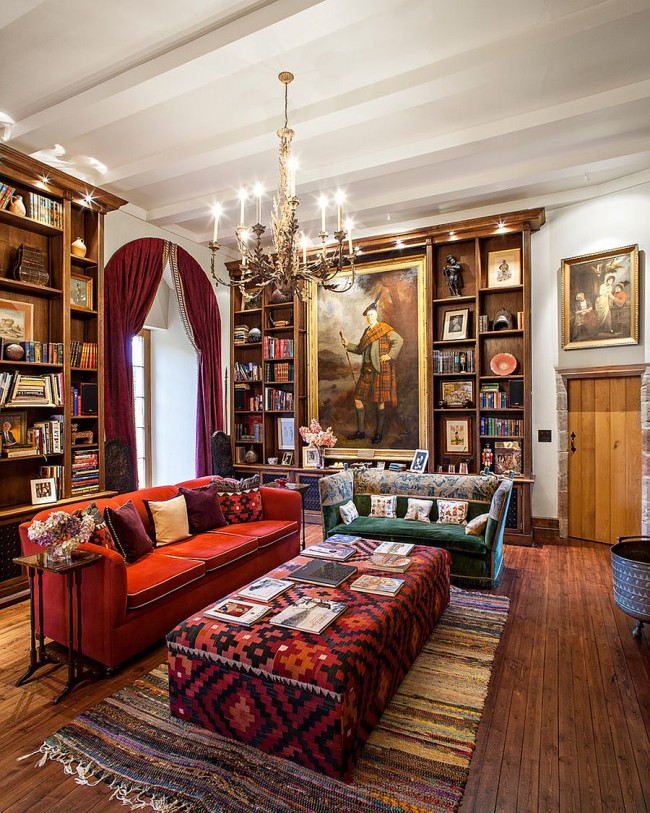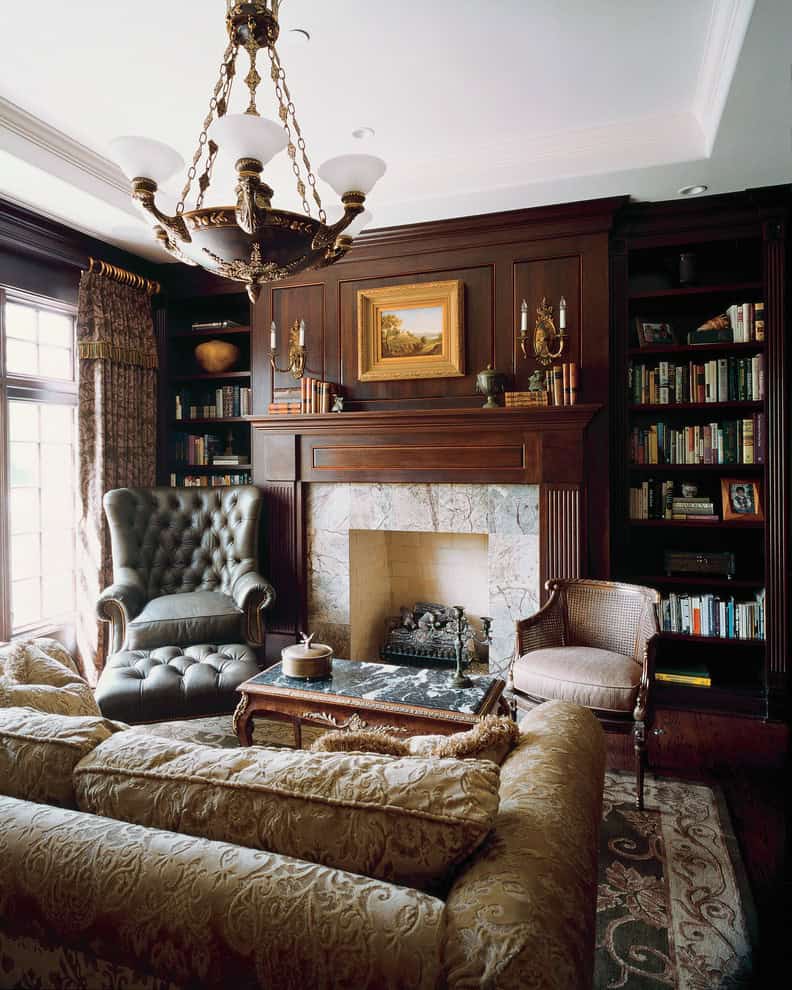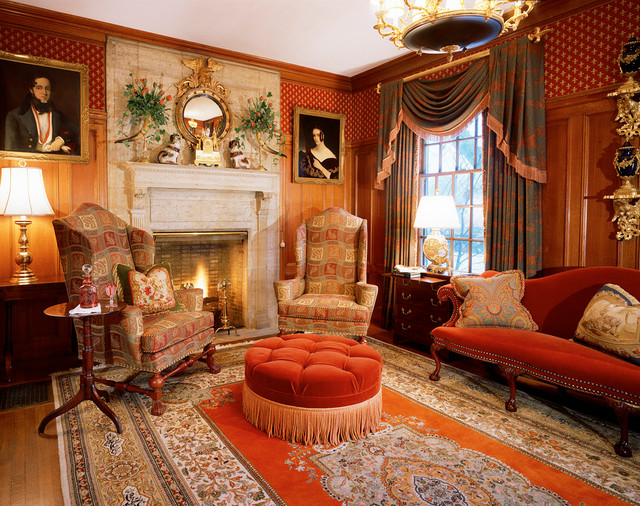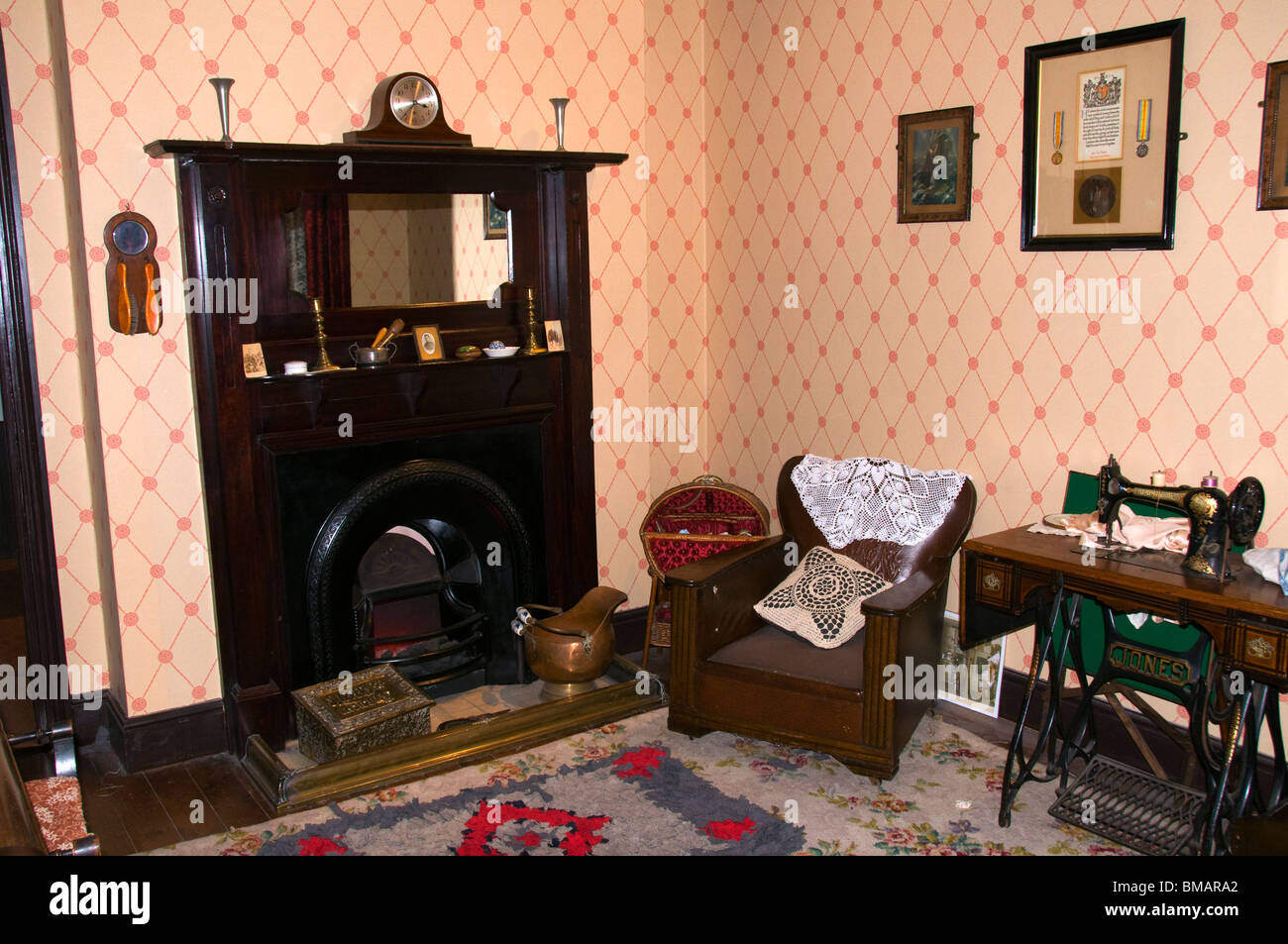The living room, also known as the lounge or sitting room, has been an integral part of homes for centuries. It is a space where families gather, entertain guests, and relax after a long day. But how did this room come to be and how has it evolved over time? Let's take a journey through the history of the living room and see how it has transformed into the modern space we know today.Living Room History: Evolution of the Modern Living Room
The concept of a living room can be traced back to ancient civilizations, where the wealthy would have a room specifically designated for socializing and receiving guests. In ancient Rome, this room was known as the atrium, and it was typically the most decorated and luxurious space in the house. During the Middle Ages, the living room as we know it did not exist. Instead, people would gather in the great hall, which served as a multi-purpose space for dining, entertaining, and sleeping. It wasn't until the Renaissance period that the living room began to take shape as a separate room in the home.The History of the Living Room: From Ancient Times to Today
As society became more affluent and homes grew larger, the living room became a symbol of wealth and status. In the 17th and 18th centuries, it was common for the living room to be referred to as the "withdrawing room" and was often only used by the upper class. By the 19th century, the Industrial Revolution had brought about significant changes in society, and the living room became more accessible to the middle class. It was during this time that the term "parlor" was used to describe the main living space in a home.The Evolution of the Living Room: A Brief History
The 20th century saw the living room undergo many transformations in terms of design and function. At the turn of the century, the Arts and Crafts movement influenced living room design, with its focus on handcrafted furniture and natural materials. In the 1920s and 1930s, the Art Deco style became popular, characterized by bold geometric shapes, rich colors, and luxurious materials. This was followed by the Mid-Century Modern movement in the 1950s, which emphasized simplicity, functionality, and clean lines. In the 1960s and 1970s, the living room became a reflection of the changing times, with bright colors, bold patterns, and eclectic decor. The 1980s and 1990s saw a return to more traditional and formal living room designs, with an emphasis on comfort and elegance.Living Room Design Through the Ages: A Historical Perspective
Throughout history, the living room has not only been a space for socializing and relaxation, but it has also been a reflection of cultural and societal norms. In the Victorian era, the living room was often used to display wealth and social status, with elaborate furnishings and decor. In the 20th century, the living room became a symbol of the nuclear family and suburban living. It was a space for the family to gather and spend time together, reflecting the societal values of the time.The Living Room: A Cultural and Social History
The Victorian era was known for its opulent and elaborate living room designs. It was during this time that the term "parlor" was commonly used to describe the main living space in a home. The parlor was often filled with elaborate furniture, heavy drapery, and ornate decorations. The purpose of the Victorian living room was to impress guests and showcase the owner's wealth and status. It was a formal space, and women were expected to entertain guests while the men retreated to the smoking room or library.The Living Room in the Victorian Era: A Look Back
In the early 20th century, the term "parlor" fell out of favor, and the living room became the preferred term. With the rise of suburban living, the living room became a central gathering space for families. It was no longer just a formal room for entertaining, but also a place for relaxation and family time. In the 1950s and 1960s, the open floor plan became popular, and the living room started to blend with the dining room and kitchen, creating a more casual and communal space for the family.From Parlor to Living Room: The Changing Role of the Living Room in American Homes
The 20th century saw many trends and influences shape the design of living rooms. In the 1920s and 1930s, the rise of Hollywood glamour and the popularity of movies influenced living room design, with luxurious and glamorous decor being the norm. In the 1960s and 1970s, the counterculture movement and the rise of modernism had a significant impact on living room design. Bold colors, psychedelic patterns, and unconventional furniture were popular during this time.The Living Room in the 20th Century: Trends and Influences
From the opulence of the Victorian era to the boldness of the 1970s, the living room has seen a wide range of design styles and trends throughout the decades. Here is a visual journey through the history of living room decor.Living Room Decor Through the Decades: A Visual History
As technology continues to advance and society evolves, the living room of the future is likely to look very different from what we know today. With the rise of smart home technology, the living room will become even more connected and customizable, with features like voice-controlled lighting and entertainment systems. Minimalism and sustainability are also predicted to be significant trends in the future, with a focus on multi-functional and eco-friendly living room designs. And with the increasing popularity of remote work, the living room may even become a designated workspace in many homes.The Future of the Living Room: Trends and Predictions
The Evolution of the Living Room
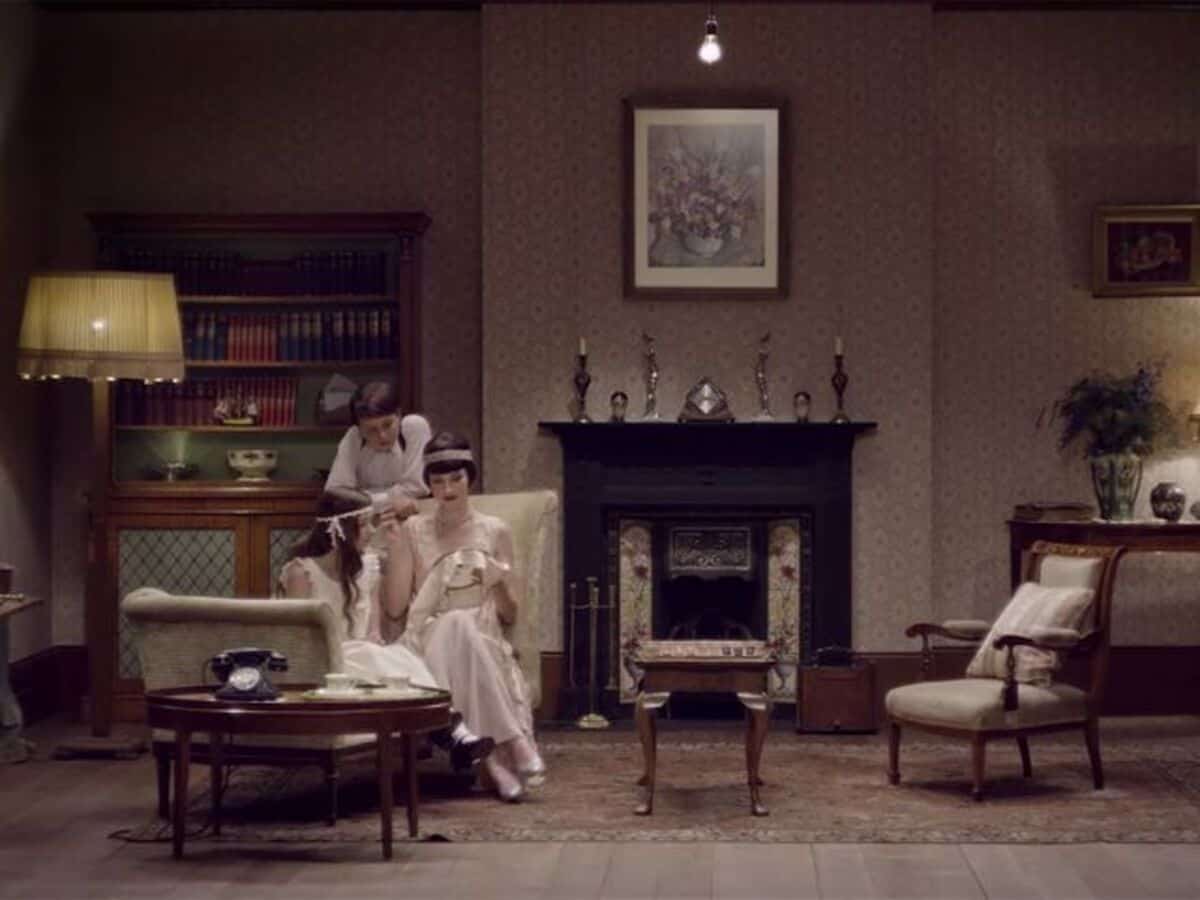
From Parlor to Multi-Purpose Space
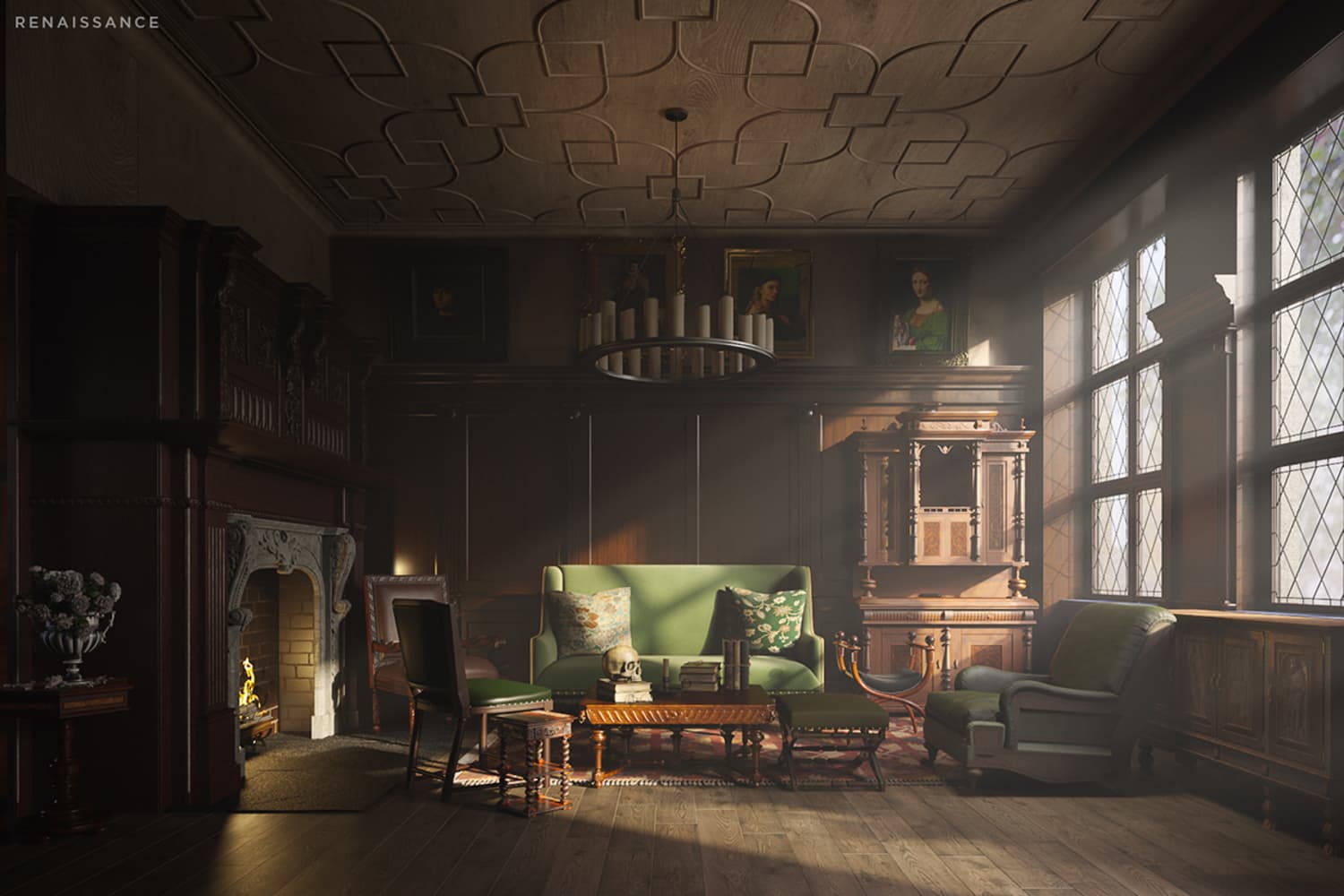 As we step into the modern era, the living room has undergone remarkable changes in terms of design and functionality. The term "living room" was first used in the 19th century, but its purpose was quite different from what it is today. Back then, it was known as the "parlor" and was primarily used for formal occasions and receiving guests. It was a space reserved solely for the upper class and was often lavishly decorated with expensive furniture and intricate details. However, with the rise of the middle class in the early 20th century, the parlor evolved into the living room as we know it today.
Multi-Purpose Space:
With the changing social dynamics and lifestyles, the living room became a more casual and relaxed space. It was no longer just a room for formal gatherings, but also served as a space for the family to spend quality time together. As a result, the design of the living room shifted towards more comfortable and functional furniture, such as sofas, armchairs, and coffee tables.
Integration with other areas:
Another significant change in the evolution of the living room was its integration with other areas of the house. In traditional homes, the living room was a separate room, often located near the front entrance. However, with the advent of open floor plans, the living room merged with the dining and kitchen areas, creating a more fluid and connected space.
Technology and Entertainment:
With the introduction of television and other forms of entertainment, the living room became the central hub of the house. Families would gather in the living room to watch their favorite shows, play board games, or even listen to music. As a result, the living room design started to incorporate features such as built-in entertainment centers, comfortable seating, and ambient lighting.
A Reflection of Personal Style:
Today, the living room has become a reflection of personal style and a means of self-expression. It is a space where homeowners can showcase their unique tastes and interests through their choice of furniture, decor, and color schemes. The living room has also become a place for homeowners to entertain and impress their guests, making it an essential room in any house.
In conclusion, the history of the living room is a reflection of the changing social and cultural norms throughout the centuries. From a formal parlor to a multi-purpose space, the living room has evolved to become the heart of the home. With its ever-changing design and functionality, the living room continues to adapt to the needs and preferences of each generation, making it an integral part of house design.
As we step into the modern era, the living room has undergone remarkable changes in terms of design and functionality. The term "living room" was first used in the 19th century, but its purpose was quite different from what it is today. Back then, it was known as the "parlor" and was primarily used for formal occasions and receiving guests. It was a space reserved solely for the upper class and was often lavishly decorated with expensive furniture and intricate details. However, with the rise of the middle class in the early 20th century, the parlor evolved into the living room as we know it today.
Multi-Purpose Space:
With the changing social dynamics and lifestyles, the living room became a more casual and relaxed space. It was no longer just a room for formal gatherings, but also served as a space for the family to spend quality time together. As a result, the design of the living room shifted towards more comfortable and functional furniture, such as sofas, armchairs, and coffee tables.
Integration with other areas:
Another significant change in the evolution of the living room was its integration with other areas of the house. In traditional homes, the living room was a separate room, often located near the front entrance. However, with the advent of open floor plans, the living room merged with the dining and kitchen areas, creating a more fluid and connected space.
Technology and Entertainment:
With the introduction of television and other forms of entertainment, the living room became the central hub of the house. Families would gather in the living room to watch their favorite shows, play board games, or even listen to music. As a result, the living room design started to incorporate features such as built-in entertainment centers, comfortable seating, and ambient lighting.
A Reflection of Personal Style:
Today, the living room has become a reflection of personal style and a means of self-expression. It is a space where homeowners can showcase their unique tastes and interests through their choice of furniture, decor, and color schemes. The living room has also become a place for homeowners to entertain and impress their guests, making it an essential room in any house.
In conclusion, the history of the living room is a reflection of the changing social and cultural norms throughout the centuries. From a formal parlor to a multi-purpose space, the living room has evolved to become the heart of the home. With its ever-changing design and functionality, the living room continues to adapt to the needs and preferences of each generation, making it an integral part of house design.



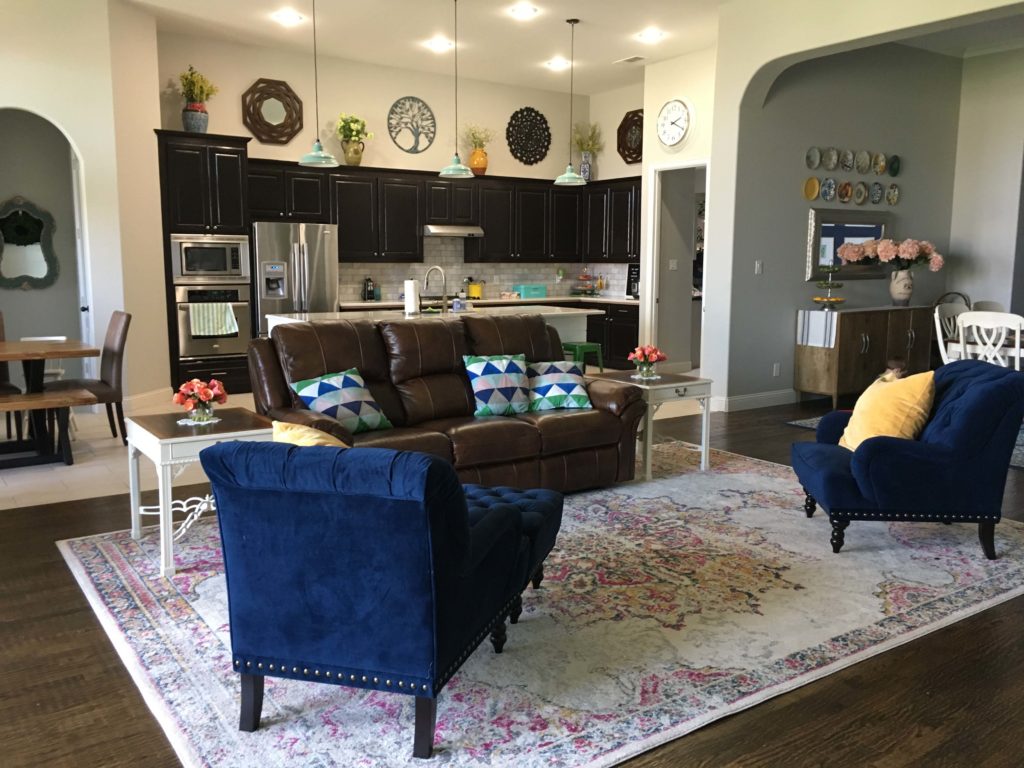
/GettyImages-999097260-bc2caabf10d946418e99772718d55ee2.jpg)


